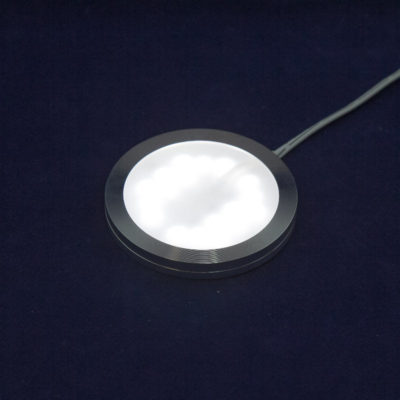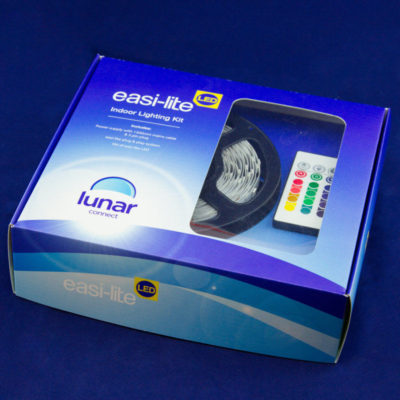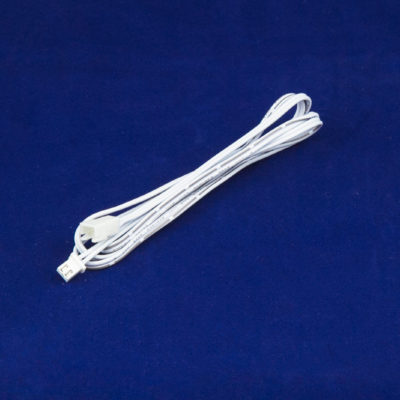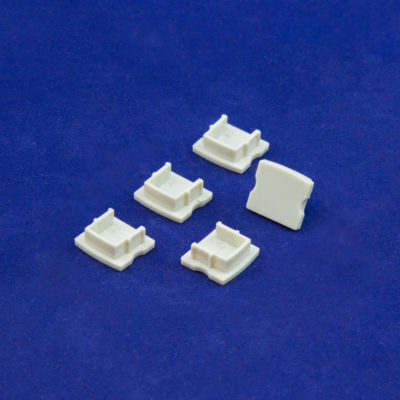So, with everywhere slowly converting to LED lights, you may be wondering what an LED actually is… As covered in our previous blog articles, LED bulbs are much more efficient and longer lasting that the traditional halogen bulbs. Despite the higher price tag, you should know that the price of LEDs is going down every year due to increasing production levels and technology developments.
What is an LED?
LED stands for light-emitting diode, which is a diode (electrical component) that glows when electricity passes through it. Therefore, unlike regular energy-saving light bulbs, LED lights are instantly bright when switched on. LEDs now have the potential to be much brighter than even 100W halogen bulbs, but with a much lower amount of energy used.
LEDs are lit by sulphur powder burning at a certain rate for a specific colour. They produce no heat to the touch and work at 831 lumens per watt instead of 1525 for halogen. Heat is dispersed because of the aluminium circuit board which is a conductor.
Traditional halogen bulbs are made up of a filament and gas. This produces heat which kills off the bulbs, causing them to blow and wear much more quickly. This is not a problem with LEDs and they are also much safer.
Design Benefits of LED lights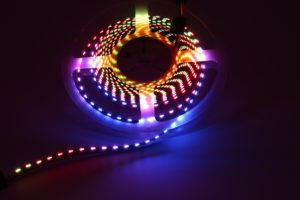
LED lights can now be purchased in a range of different colours, or even colour changing like ours here. In addition, the bulbs are more durable, shockproof, and outdoor versions are also water resistant. They can still produce ambient and warm light thanks to developments in the technology. Our LED kits come in cool light, warm light, day light and colour-changing styles.
To the many people worrying about the ‘dotting effect’ of LED lighting strips, did you know that you can incorporate frosted or opal channels to disperse the light for a more seamless finish? Placing lights further away from a reflective surface can also have the same effect.

